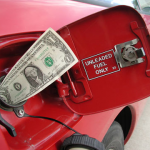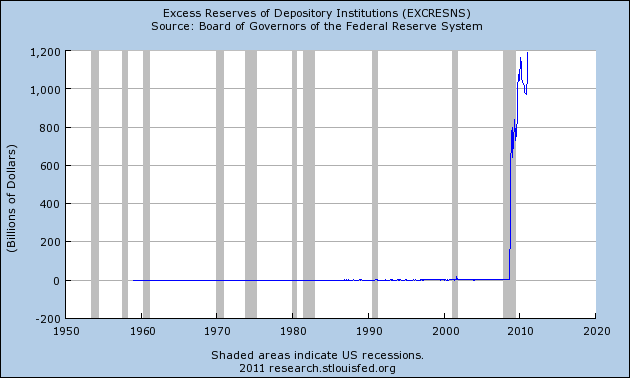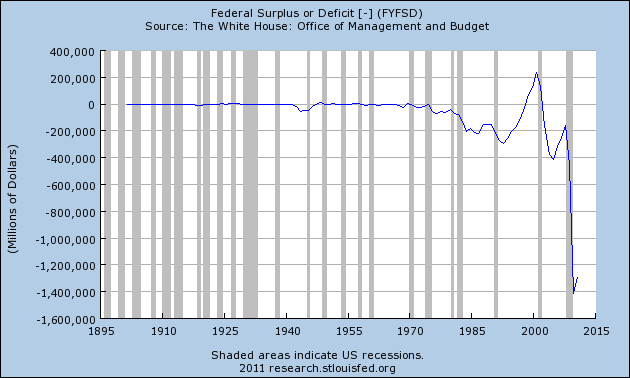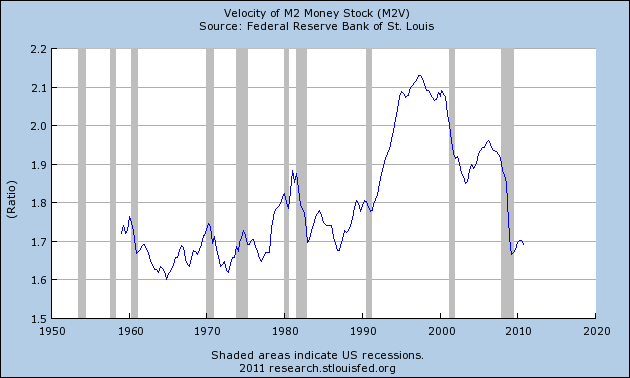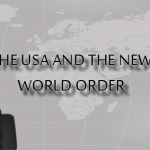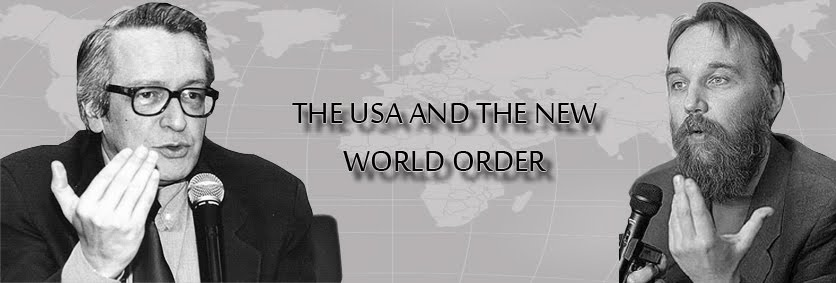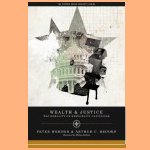
Deprecated: trim(): Passing null to parameter #1 ($string) of type string is deprecated in /home/aoiusa/public_html/wp-content/plugins/sexybookmarks/public.php on line 388
Deprecated: trim(): Passing null to parameter #1 ($string) of type string is deprecated in /home/aoiusa/public_html/wp-content/plugins/sexybookmarks/public.php on line 394
Deprecated: trim(): Passing null to parameter #1 ($string) of type string is deprecated in /home/aoiusa/public_html/wp-content/plugins/sexybookmarks/public.php on line 400
 Over the last several years I find myself more and more being drawn more into conversation about religion—specifically, Orthodox Christianity—and economics. Originally, my interest in the economic side of the conversation was minimal. Embarrassing though it is to say now, I only took one economics class in college and while I got a “B” I was an indifferent student of the subject.
Over the last several years I find myself more and more being drawn more into conversation about religion—specifically, Orthodox Christianity—and economics. Originally, my interest in the economic side of the conversation was minimal. Embarrassing though it is to say now, I only took one economics class in college and while I got a “B” I was an indifferent student of the subject.
Thanks to personal friendships I’ve discovered the work of economists such as Ludwig von Mises and Fredrich A. Hayek—two dominate voices in the Austrian School of Economics. Even here though my interests were, initially at least, not so much in policy as methodology; unlike the quantitative and empirical approach I studied in college, the Austrian school conceives of economics more along the lines of the qualitative approach at the center of human science movement. This qualitative approach to economics has resulted in some interesting, and to my mind extraordinarily helpful and insightful, research into religion by scholars such as Laurence Iannaccone and Rodney Stark.
Among other things, the economic study of religion helps us understand why pluralism is good for religion in general but to the disadvantage of some religions in particular. Ironically, the free market in religion is harms those liberal religious communities who value cultural pluralism and economic liberalism (in the contemporary American sense) but are suspicious, and even overtly hostile, to economic capitalism. On the other hand, those religious traditions that resist cultural pluralism and contemporary liberalism—but who often, though not universally—favor a free market approach to economics are the main benefactors of the free for all that characterizes the American religious landscape (see for example, Iannaccone, 1994).
Through this, circuitous route, I have lately come to an interest in economic public policy. Unfortunately such an interest is usually greeted with something less than enthusiasm—at least when (as in my case) you are an Orthodox priest. At the risk of making a gross generalization, clergy are typically as ignorant of economics and business as economists and business people are of moral theology and the ascetical tradition of the Church. Since I’m trading in stereotypes already, I would say that discussions between theologians and economists break down quickly since—intentionally or not—theologians assume economists are wicked even as economists assume that theologians are ignorant. Representatives of the two disciples rarely understand each other because they rarely have even a basic grasp of the other academic discipline and the kinds of questions and concerns that its scholars seek to address.
This is why three small books published by the American Enterprise Institute are so welcome. The books (P. Wehner & A. C. Brooks, Wealth & Justice: The Morality of Democratic Capitalism; A. J. Pollock, Boom & Bust: Financial Cycles and Human Prosperity; S. F. Hayward, Mere Environmentalism: A Biblical Perspective on Humans and the Natural World) are part of AEI’s Common Sense Concepts series. They’re all short—each took just an afternoon to read—introductions to basic ideas in economics. What is especially important is that they do this in a way that takes seriously Christian moral concerns. Meant primarily for college students and written from a broadly Evangelical Christian perspective, singularly and together they offer a good ethical and practical defense of democratic capitalism.
That said though a defense of the American model of democracy and of the free market, these works do not allow either politics or economics to drive the conversation. Rather both are examined soberly in light of “merely Christianity.” I think all the authors would all acknowledge, as Wehner and Brooks do explicitly in their book, that “capitalism, like American democracy itself, is hardly perfect or sufficient by itself” (p. 8). Both require “strong, vital, non-economic and non-political institutions—including the family, churches and other places of worship, civic associations, and schools—to complement,” sustain and (when needed) reform them.
But this symphonia is impossible without “an educated citizenry.” Such an education must be more than technical—essential though a sound technical foundation is. To fulfill the vision sketched out in these three books assumes that we possess personally what Peter Kreeft (1992) might call the “soft” virtues “such as sympathy, altruism, compassion” as well as the “hard” virtues of “self-discipline, perseverance, and honesty.” Like technological skill, personal virtue alone is insufficient. We need not only healthy, robust and vibrant families and churches, but also a political culture that supports and abides “by laws, contracts, and election results (regardless of their outcome). Without these virtues, capitalism [and democracy] can be eaten from within by venality and used for pernicious ends.”
Why are personal virtue and the rule of law essential? Because:
…capitalism, like democracy, is part of an intricate social web. Capitalism both depends on it and contributes mightily to it. Morality and capitalism, like morality and democracy, are intimately connected and mutually complimentary. They reinforce one another; they need one another; and they are terribly diminished without one another. They are links in a golden chain (p. 9).
As both an Orthodox Christian and a social scientist, seeing democratic capitalism in this way helps me understand how the ascetical and liturgical tradition of the Church can make a contribution to American civil society.
Especially for St Maximos the Confessor and St Gregory Palamas, the ascetical struggle does not extinguish desire (i.e., self-interest) as much as does purify it. As St Augustine argues, prayer, fasting and almsgiving teach me to order rightly the different elements of my life in light of the Gospel; asceticism points me beyond myself to Christ, helps me to love Christ, and in Christ to love my neighbor. Just as asceticism purifies my desires, the Church’s liturgical tradition provides me with a sense of the larger, eschatological context within which I live my life. Apart from such an eschatological experience, I will invariably and necessarily succumb to the temptation to take and make ultimate rather than “lay aside the cares of this life” as we hear in the Cherubic Hymn.
Wehner and Brooks are correct, capitalism and democracy “part of an intricate social web.” Understanding this social network requires not only personal virtue and just laws, but the eschatological vision that we receive in the sacraments and which we constantly accept and embody in the ascetical life.
In Christ,
+Fr Gregory
Work Cited
Iannaccone, L. R. (1994). “Why Strict Churches Are Strong.” American Journal of Sociology, 99(5), pp. 1180-1211.
Kreeft, P (1992). Back to Virtue: Traditional Moral Wisdom for Modern Moral Confusion. San Francisco: Ignatius Press.
